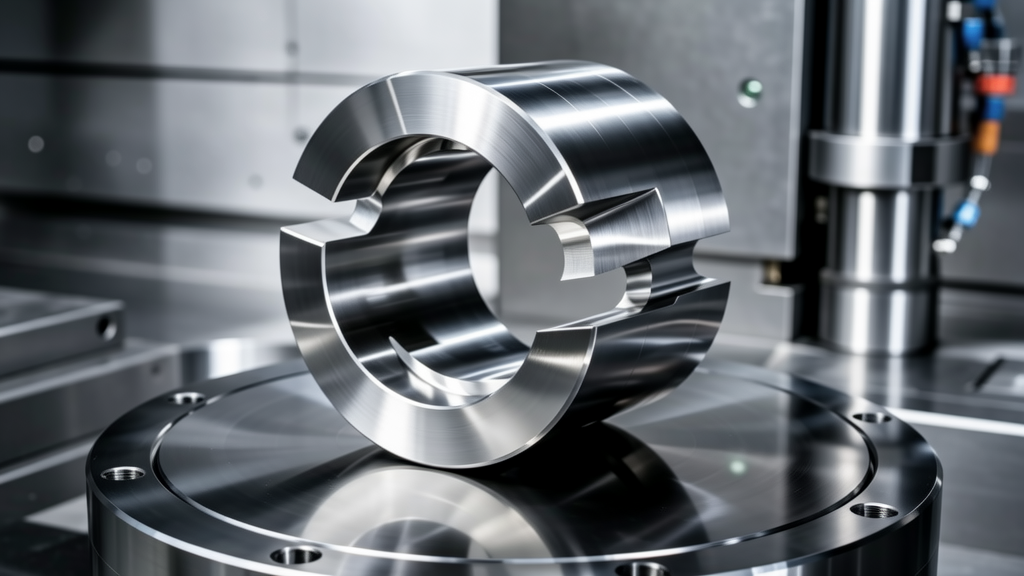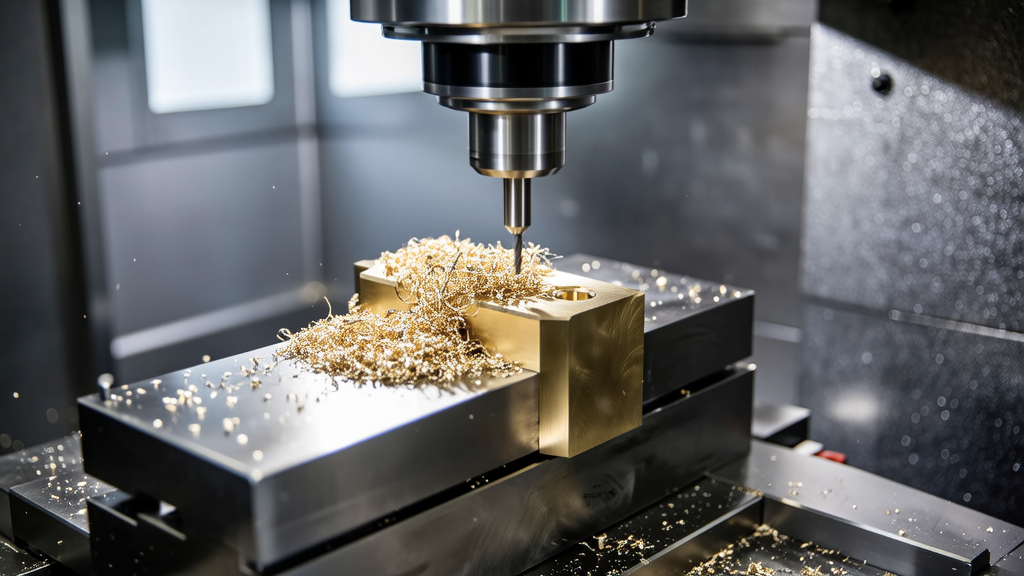Let’s start by discussing why curved geometries present a unique challenge. Unlike simple shapes, curves require a machine that can adapt to various angles and radii without losing accuracy. That’s where advanced CNC machining comes into play. With the right equipment, you can produce parts that maintain tight tolerances, even in the most intricate designs.
I had a friend in the automotive industry who struggled with a similar issue last year. They needed a part that had both complex curves and the durable qualities that only stainless steel offers. After switching to a CNC machining shop that specialized in such geometry, they saw their production turnaround times improve dramatically, and the quality of their parts never wavered.
So, what makes CNC machining capable of handling these intricate designs? It all boils down to the technology used. Advanced CNC machines are equipped with sophisticated software that allows for CNC programming with precision. This ensures that whether you’re cutting, milling, or turning, each movement is controlled down to the millimeter. I recommend looking for manufacturers that offer 5-axis CNC machining; this technology allows for the simultaneous movement of the cutting tool and part, enabling complex geometries to be achieved. Many professionals in my circle have remarked that this extra degree of freedom makes all the difference when dealing with challenging designs.
Now, it’s crucial to select the right machining partner. Not all CNC shops have the same capabilities. Do your homework and ask for examples of their work. If their past projects involve complex curves, you’re likely in good hands. Another tip I picked up along the way is to inquire about the specific materials they can process. Different stainless steel grades can result in different machining challenges.
Here’s a quick comparison of some common stainless steel grades you might consider, along with their machinability and typical applications:
Stainless Steel Grade
Machinability Rating
Typical Applications
304
70%
Food processing, kitchen equipment
316
60%
Marine applications, chemical processing
440C
50%
Cutting tools, knives
Not only can the right CNC machine handle the geometric complexities you need, but it can also do so cost-effectively. Although the initial investment in advanced machining technology can be high, think of it as a long-term strategy that pays off through increased efficiency and product quality.

When considering costs, don’t forget to evaluate how a reliable CNC service provider can minimize waste. With precise machining, you cut down excess material costs and labor time, resulting in a much cleaner operation. I often tell clients to calculate the total cost of ownership rather than just looking at hourly rates; it can make a huge difference in decision-making.
Pay attention to risk factors as well. Choose a shop that has been in business for a while and has testimonials or case studies that illustrate their performance with challenging projects. Trust is a key element in any manufacturing relationship; when you rely on someone to produce parts that will withstand rigorous use, you want to feel confident about the quality they deliver.
So, to wrap things up—CNC machining with stainless steel can absolutely manage complex curved geometries, as long as you choose the right tools and partners. Don’t hesitate to ask questions and seek clarity; the world of CNC machining is vast, and the best paths forward often come from open dialogues with those who expert in the field.
What challenges do curved geometries present in CNC machining?
Curved geometries are tricky because they require a machine that can handle different angles and radii without losing precision. Unlike basic shapes, curves demand a level of adaptability from the CNC machine.
Your typical CNC equipment can handle straight lines with ease, but when it comes to curves, it’s a whole different ball game. Advanced CNC machines are specifically designed to tackle these complexities, ensuring you get that precision you need.

How does CNC machining maintain tolerance in curved parts?
The key lies in the technology and software used in CNC machining. With advanced programming and control, machines can produce parts that maintain tight tolerances, even in curved and intricate designs.
For instance, many experts suggest investing in 5-axis CNC machines, as they offer simultaneous movement of the cutting tool. This capability greatly enhances the precision needed for curved geometries.
Which stainless steel grades are best for CNC machining complex shapes?
Some common grades for machining complex shapes include 304 and 316 stainless steels. These grades offer a balance between machinability and structural integrity, ensuring reliability in curved designs.
Grade 304 typically has a machinability rating of about 70%, while 316 is slightly lower at 60%. Depending on your project, you might choose one over the other based on the mechanical properties you need.
How can I choose the right CNC machining partner for my project?
Choosing the right CNC machining partner involves looking at their experience with similar projects. Ask for previous examples of their work involving complex curves to gauge their capabilities.
It’s also wise to check client testimonials and see if they have a proven track record. If they’ve successfully handled intricate designs in the past, they’re likely equipped to meet your needs.
What are the cost implications of CNC machining with stainless steel?
The costs can vary based on the complexity of the design and the type of stainless steel used. While you may face a higher initial investment for advanced CNC machinery, the long-term savings in materials and labor make it worthwhile.
Properly machined parts reduce waste and enhance efficiency, so once you calculate the total ownership costs over time, you might find CNC machining is the more economical option.








